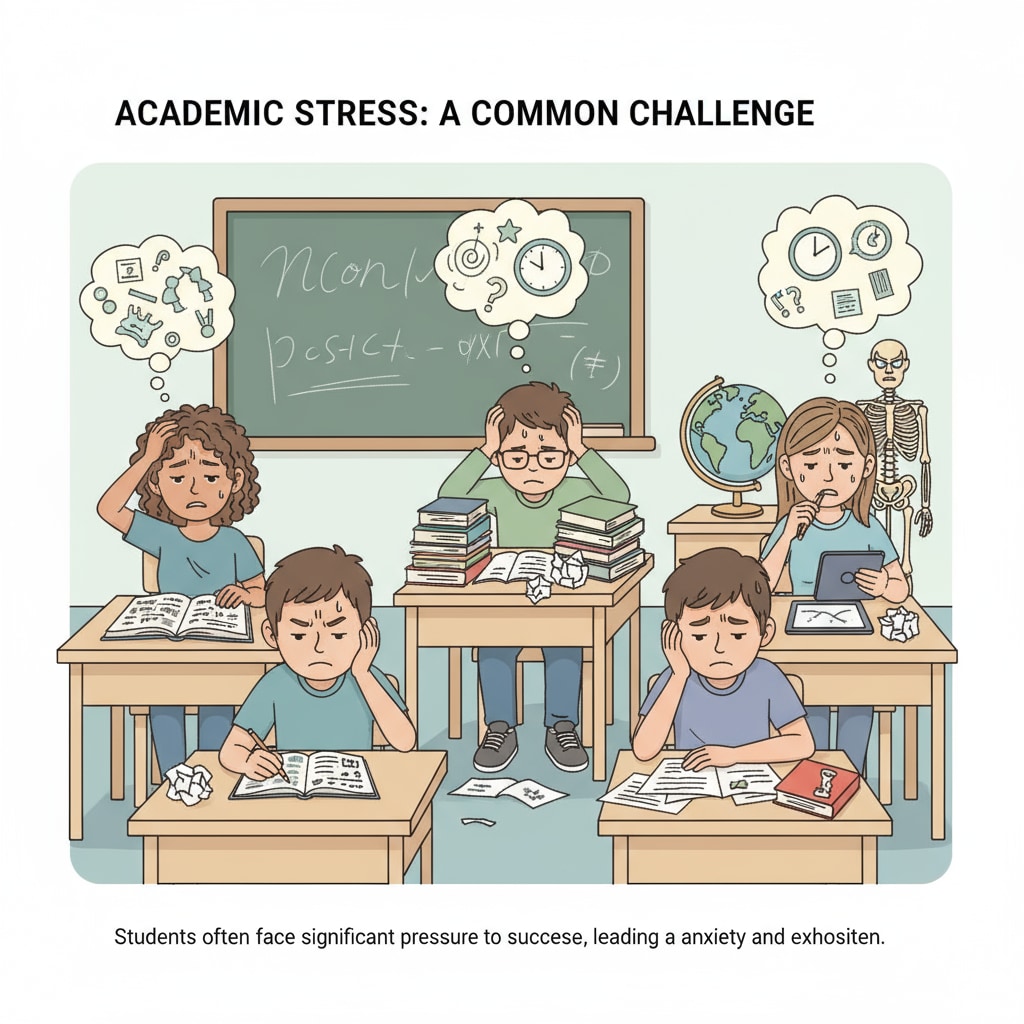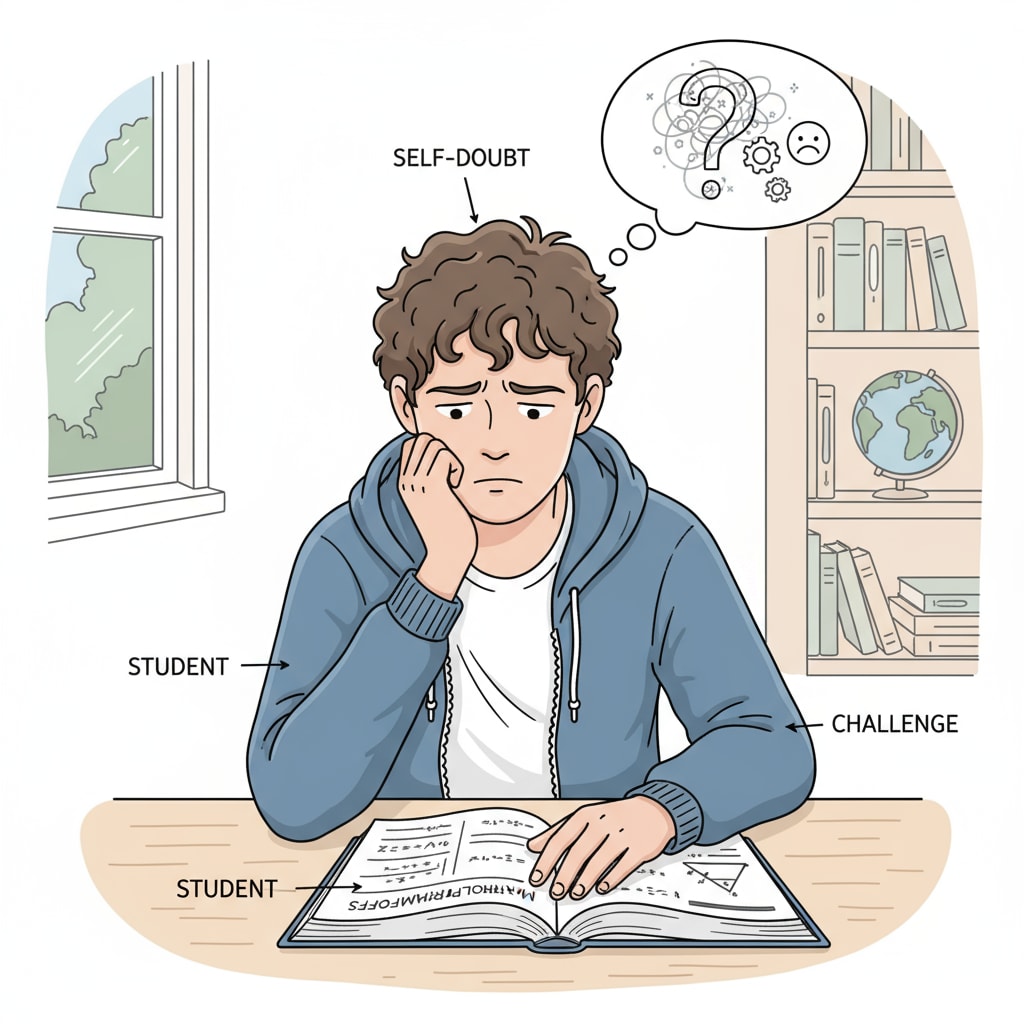Learning difficulties, self-doubt, and anxiety are common issues that teenagers face during their learning journey. In the context of K12 education, these problems can significantly impact students’ academic performance and mental well-being. For example, a 17-year-old student might struggle to understand complex concepts like a “thesis,” which can lead to self-doubt and learning anxiety.

The Root Causes of Learning Anxiety
There are several factors contributing to teenagers’ learning anxiety. Firstly, high expectations from parents, teachers, and society can put immense pressure on students. They feel the need to achieve excellent grades and meet various standards, which can be overwhelming. Secondly, the fast pace of the curriculum in K12 education often leaves students with little time to fully understand and master new knowledge. As a result, they may fall behind and start to doubt their abilities. Anxiety Information on APA
Recognizing Self-Doubt in Teenagers
Self-doubt can manifest in different ways in teenagers. Some may become overly critical of their work, constantly believing that it’s not good enough. Others might be reluctant to participate in class discussions or ask questions due to the fear of being wrong. For instance, a student who is usually active in class may suddenly become withdrawn when they encounter learning difficulties. This change in behavior could be a sign of self-doubt.

To effectively help teenagers overcome these issues, it’s crucial to first identify the signs. Teachers and parents should pay close attention to students’ behavior and emotions. By communicating openly and creating a supportive environment, we can encourage teenagers to share their concerns.
Readability guidance: Keep paragraphs short and use lists to summarize key points. For example, when discussing the causes of anxiety, we can list them out for better clarity. Also, use transition words like “firstly,” “secondly,” etc., to make the flow of the article smoother.
Strategies to Build Learning Confidence
One effective strategy is to break down complex tasks into smaller, more manageable steps. This way, students can experience a series of small successes, which gradually build their confidence. For example, when dealing with a difficult assignment, teachers can guide students to set clear goals and work towards them step by step. In addition, providing constructive feedback is essential. Instead of just focusing on the mistakes, highlight the areas where students have done well and offer suggestions for improvement. Boosting Confidence Information on Verywell Family
Another important aspect is to encourage teenagers to learn from their failures. Teach them that mistakes are a natural part of the learning process and that they can gain valuable lessons from them. By adopting a growth mindset, students will be more likely to persevere in the face of challenges.
In conclusion, learning difficulties, self-doubt, and anxiety are challenges that teenagers in K12 education often encounter. However, by understanding the root causes, recognizing the signs of self-doubt, and implementing effective strategies to build confidence, we can help them overcome these issues and thrive in their learning journey.


